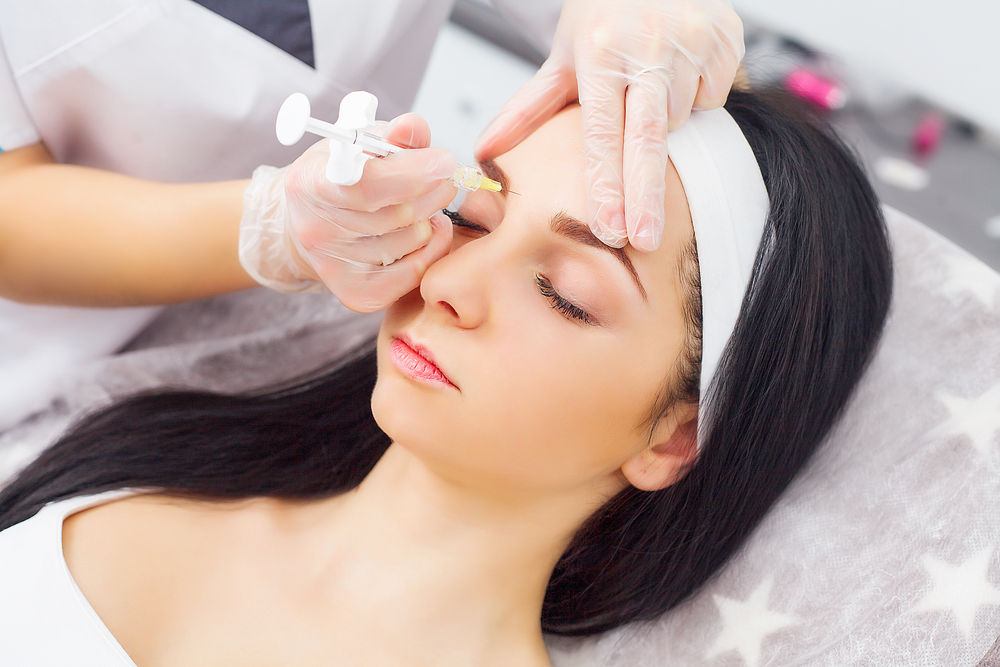
Botox and Fillers: What’s the Difference?
It’s easy to make the mistake of calling Botox a filler. After all, both dermal fillers and Botox are injectables, and they both largely work to remove wrinkles on the face.
But these two products not only have completely different mechanisms of action, but different specific uses.
The Basic Science Behind These Two Products
Botox is a neurotoxin. The simplest explanation is that when Botox is injected, nerve signals that typically lead to wrinkles are blocked. Muscles that would normally be overactive are relaxed.
Fillers, meanwhile, are simply volumizers injected into the skin. Where a patient has experienced a loss of collagen and volume, a dermal filler–typically hyaluronic acid–is injected. This not only “fills” out the face, but the hyaluronic acid acts as a moisturizing agent that helps provide nutrients to the face.
The key behind both of these products is collagen, and how each product helps mitigate the stopping of collagen production. When we hit the age of 25, our face stops naturally producing collagen.
Over the next five years, fissures start to form that eventually become wrinkles.
Botox works by relaxing the muscles that cause these fissures. Dermal fillers work by filling in these fissures directly.
When Should I Use One Product vs. The Other?
Generally, these products are applied to different parts of the face. Botox is used to affect wrinkles on the forehead and crows’ lines, for example, while fillers might fill out the are around the mouth or the cheeks.
A patient interested in these products should know that Botox has cumulative effects. It tends to work better the more often the treatment is applied (as both treatments have to be “renewed” every couple of years).
Not only that, Botox has a “prejuvenation” component–that it might be even more effective if applied before wrinkles even start forming.
Interested in either Botox or dermal fillers? Call Hagerstown Dermatology & Skincare to schedule an appointment today.
2 Comments
-
binance hesabi olusturma
Your point of view caught my eye and was very interesting. Thanks. I have a question for you.

Akun Binance Gratis
I don't think the title of your article matches the content lol. Just kidding, mainly because I had some doubts after reading the article.